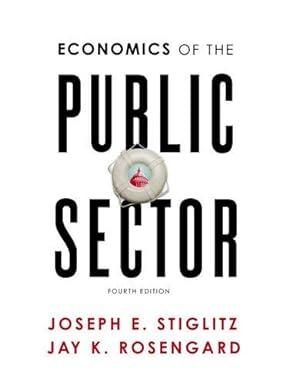Assume there are two states of the world: in the good state, a risky asset yields a
Question:
Assume there are two "states of the world": in the good state, a risky asset yields a high return, whereas in the bad state, it yields a loss; the safe asset yields a zero return in both. Let Cg denote consumption in the good state, and Cb in the bad.
Draw a figure with consumption in the good state on the vertical axis and consumption in the bad on the horizontal axis, then draw a 45° line. In the figure, let S represent the individual's consumption in the two states if he or she invests only in the safe asset (consumption in the two states is the same), while R represents the individual's consumption in the two states if he or she invests only in the risky asset (a higher consumption in the good state, a lower one in the bad).
Explain why the line SR shows the individual's consumption possibilities-consumption in the two states depending on the proportion of the assets that he or she invests in the safe or risky asset. Now draw an in difference curve showing the bundles of consumption in the two states among which the individual is in different. Mark the point of tangency between, the in difference curve tangent and the consumption possibilities curve with the letter E.
a. If E is halfway between S and R, what does this imply for how the individual allocates his or her portfolio?
b. Now assume a 50 percent tax is imposed, with full loss off set. What happens to point S? Point R? Draw the new consumption possibilities locus, and describe what happens to E, and to the portfolio allocation.
c. Assume now that losses are not deductible. What happens to point R? Draw the new consumption possibilities locus, and explain what happens to the portfolio allocation.
d. Assume now that there are no taxes, but the safe asset yields a positive return. Show what happens to point S. Now, assume that there are taxes. What is the new point S? Use the diagram to analyze the impact of taxes on portfolio allocation with and without loss off sets.
Step by Step Answer:

Economics Of The Public Sector
ISBN: 9780393925227
4th Edition
Authors: Joseph E. Stiglitz, Jay K. Rosengard





